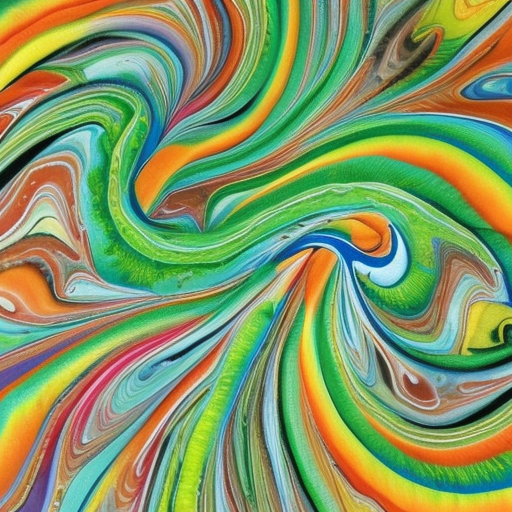Tie-Dye: A Colorful History
Tie-dye is a textile art form that involves folding, twisting, and tying fabric before applying dye to create vibrant and unique patterns. It has a rich history that spans cultures and time periods, with evidence of tie-dye techniques dating back thousands of years. From ancient civilizations to countercultural movements, tie-dye has evolved and adapted, becoming a symbol of self-expression and individuality.
Ancient Origins
The origins of tie-dye can be traced back to ancient civilizations such as Egypt, China, and India. In these cultures, tie-dye techniques were used to create intricate patterns on fabrics for clothing and decorative purposes. The process involved tying sections of fabric with string or using resist techniques to prevent dye from reaching certain areas. Natural dyes made from plants, roots, and insects were commonly used to create a range of colors.
Japanese Shibori
One of the most well-known tie-dye techniques is Shibori, which originated in Japan in the 8th century. Shibori involves folding, twisting, and binding fabric before dyeing it. The resulting patterns can range from simple geometric shapes to more complex designs. Shibori has influenced tie-dye techniques around the world and is still practiced today.
Hippie Movement and Tie-Dye
In the 1960s, tie-dye became closely associated with the countercultural movements of the time, particularly the hippie movement. Tie-dye clothing became a symbol of peace, love, and individuality. The vibrant and psychedelic patterns of tie-dye perfectly captured the spirit of the era. Tie-dye workshops and classes popped up, allowing people to create their own unique garments.
Modern Tie-Dye Techniques
Today, tie-dye has evolved beyond its hippie roots and has become a popular form of self-expression and fashion. Modern tie-dye techniques include various folding, twisting, and tying methods, as well as the use of different dyes and color combinations. Artists and designers experiment with different fabrics, such as cotton, silk, and even denim, to create unique and contemporary tie-dye designs.
DIY Tie-Dye
One of the reasons tie-dye remains popular is its accessibility. Anyone can try their hand at tie-dyeing with just a few basic materials. All you need is fabric, dye, rubber bands, and some creativity. There are countless tutorials and resources available online that provide step-by-step instructions for creating different tie-dye patterns. This DIY aspect of tie-dye allows individuals to express their creativity and create one-of-a-kind pieces.
Tie-Dye in Fashion
Tie-dye has also made a significant impact on the fashion industry. Many designers incorporate tie-dye into their collections, creating unique and eye-catching garments. From high-end fashion houses to streetwear brands, tie-dye has become a staple in many designers’ repertoires. It is often used to add a pop of color and a sense of playfulness to clothing and accessories.
Tie-Dye as Art
Tie-dye has also gained recognition as a legitimate art form. Artists around the world have pushed the boundaries of tie-dye, creating intricate and complex designs that challenge traditional notions of the craft. Tie-dye art pieces are exhibited in galleries and museums, showcasing the versatility and creativity of the medium.
In conclusion, tie-dye is a textile art form with a rich and colorful history. From its ancient origins to its association with countercultural movements, tie-dye has evolved and adapted over time. Today, tie-dye remains popular as a form of self-expression, fashion, and art. Its accessibility and DIY nature allow individuals to create unique and vibrant pieces, while designers and artists continue to push the boundaries of the medium. Whether it’s a tie-dye t-shirt or a gallery-worthy art piece, tie-dye continues to captivate and inspire.












